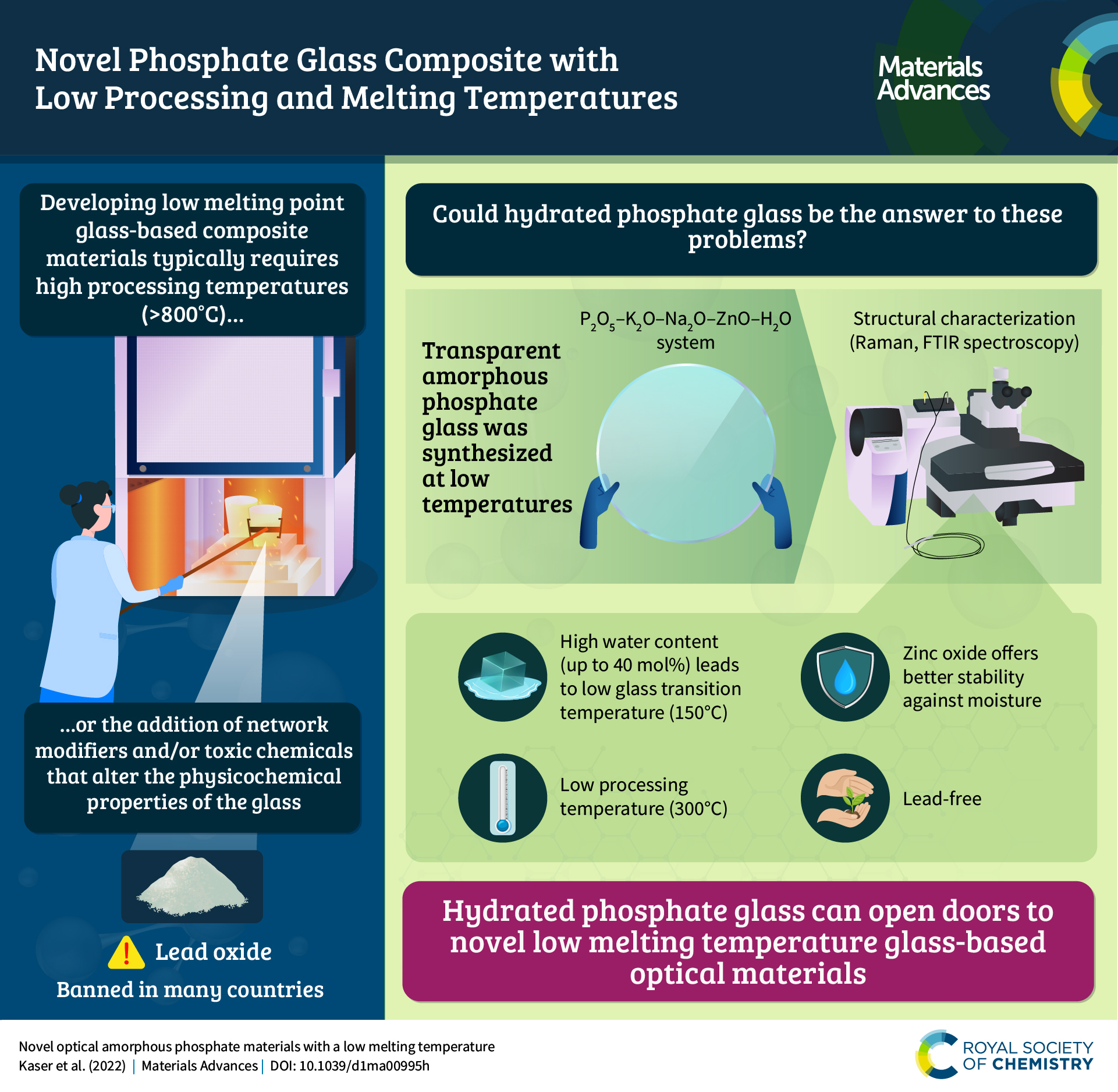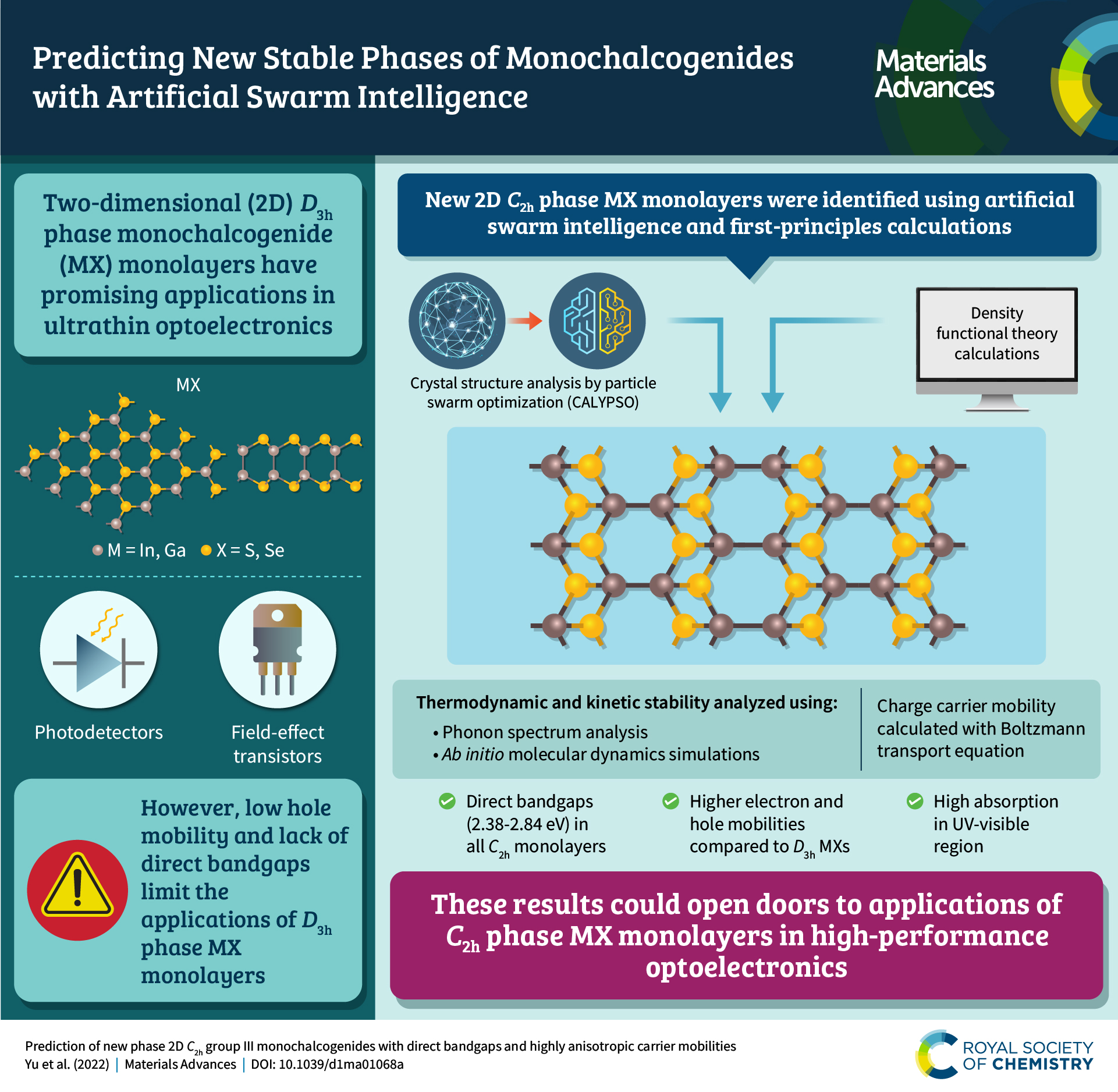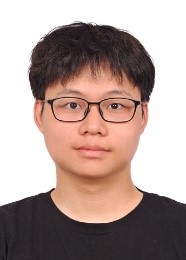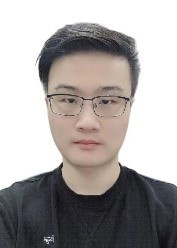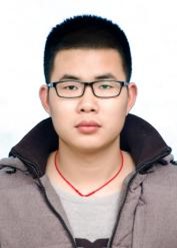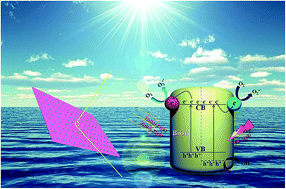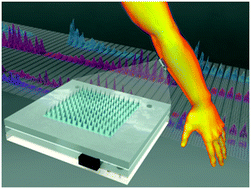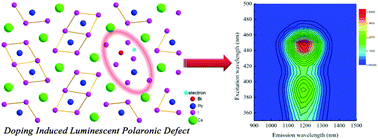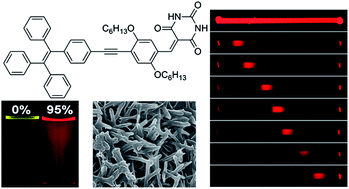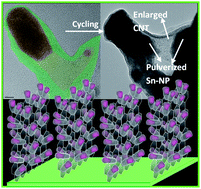
With 2020 now well underway we have reached the six month anniversary of the inaugural issue of Materials Advances. In celebration, we are proud to introduce the new Materials Advances HOT article collection. This collection contains articles which were highlighted by our editors as high-quality and which should be highlighted to experts in the field. Articles are added to the collection on a rolling basis, and you can keep up to date with what has been added here.
Materials Advances is the newest member of the materials portfolio of journals published by the Royal Society of Chemistry. It is an international gold open access journal, publishing good quality research across the breadth of materials science. The journal is also free-to-publish in for the first two years, meaning it will have a large, global audience, and be fully accessible to all.
Sign up now to get updates on all articles as they are published on Twitter, Facebook, and our e-alerts.
The collection currently includes:
The effect of gallium substitution on the structure and electrochemical performance of LiNiO2 in lithium-ion batteries
David Kitsche, Simon Schweidler, Andrey Mazilkin, Holger Geßwein, François Fauth, Emmanuelle Suard, Pascal Hartmann, Torsten Brezesinski, Jürgen Janek and Matteo Bianchini
Mater. Adv., 2020,1, 639-647
DOI: 10.1039/D0MA00163E
Which is a better fluorescent sensor: aggregation-induced emission-based nanofibers or thin-coating films?
Yexin Ding, Weili Li, Fangming Wang, Hongkun Li, Shengyuan Yang, Lijun Wang, Zhiming Wang, Mike Tebyetekerwa and Ben Zhong Tang
Mater. Adv., 2020,1, 574-578
DOI: 10.1039/D0MA00409J
Boosted carrier mobility and enhanced thermoelectric properties of polycrystalline Na0.03Sn0.97Se by liquid-phase hot deformation
Hao Sun, Chang Tan, Xiaojian Tan, Hongxiang Wang, Yinong Yin, Yuexin Song, Guo-Qiang Liu, Jacques G. Noudem, Quanguo Jiang, Jianfeng Zhang, Huajie Huang and Jun Jiang
Mater. Adv., 2020,1, 1092-1098
DOI: 10.1039/D0MA00405G
The interaction of surface electron distribution-polarized Fe/polyimide hybrid nanosheets with organic pollutants driving a sustainable Fenton-like process
Lai Lyu, Kanglan Deng, Junrong Liang, Chao Lu, Tingting Gao, Wenrui Cao and Chun Hu
Mater. Adv., 2020,1, 1083-1091
DOI: 10.1039/D0MA00374C
Exploring the bifunctional properties of paper-like carbyne-enriched carbon for maintenance-free self-powered systems
Vimal Kumar Mariappan, Karthikeyan Krishnamoorthy, Parthiban Pazhamalai and Sang-Jae Kim
Mater. Adv., 2020,1, 1644-1652
DOI: 10.1039/D0MA00324G
The effect of ZnO particle lattice termination on the DC conductivity of LDPE nanocomposites
E. Karlsson, A. Calamida, D. Forchheimer, H. Hillborg, V. Ström, J. M. Gardner, M. S. Hedenqvist and R. T. Olsson
Mater. Adv., 2020,1, 1653-1664
DOI: 10.1039/D0MA00390E
A role for terpenoid cyclization in the atom economical polymerization of terpenoids with sulfur to yield durable composites
Charini P. Maladeniya, Menisha S. Karunarathna, Moira K. Lauer, Claudia V. Lopez, Timmy Thiounn and Rhett C. Smith
Mater. Adv., 2020,1, 1665-1674
DOI: 10.1039/D0MA00474J
Acrylate–gelatin–carbonated hydroxyapatite (cHAP) composites for dental bone-tissue applications
Ricardas Golubevas, Zivile Stankeviciute, Aleksej Zarkov, Raimundas Golubevas, Lars Hansson, Rimantas Raudonis, Aivaras Kareiva and Edita Garskaite
Mater. Adv., 2020,1, 1675-1684
DOI: 10.1039/D0MA00498G
Crystal structure, luminescence properties and application performance of color tuning Y2Mg2Al2Si2O12:Ce3+,Mn2+ phosphors for warm white light-emitting diodes
Xiangting Zhang, Dan Zhang, Dongxiao Kan, Tong Wu, Yanhua Song, Keyan Zheng, Ye Sheng, Zhan Shi and Haifeng Zou
Mater. Adv., 2020, Advance Article
DOI: 10.1039/D0MA00556H
In situ synthesis of polyynes in a polymer matrix via pulsed laser ablation in a liquid
Sonia Peggiani, Anna Facibeni, Alberto Milani, Chiara Castiglioni, Valeria Russo, Andrea Li Bassi and Carlo S. Casari
Mater. Adv., 2020, Advance Article
DOI: 10.1039/D0MA00545B
A biocompatible ZnNa2-based metal–organic framework with high ibuprofen, nitric oxide and metal uptake capacity
Meghan Winterlich, Constantinos G. Efthymiou, Wassillios Papawassiliou, Jose P. Carvalho, Andrew J. Pell, Julia Mayans, Albert Escuer, Michael P. Carty, Patrick McArdle, Emmanuel Tylianakis, Liam Morrison, George Froudakis and Constantina Papatriantafyllopoulou
Mater. Adv., 2020, Advance Article
DOI: 10.1039/D0MA00450B
We hope you enjoy reading these articles! Look out for more papers to be added to the collection soon.
materialsadvances-rsc@rsc.org
Visit our website – rsc.li/materials-advances


